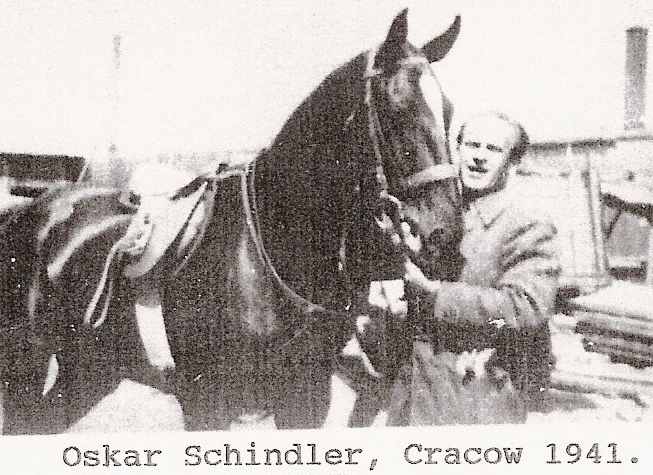Swine flu outbreak in Israel?

It's possible. An Israeli man, age 26, who had recently visited Mexico has been hospitalized in Netanya, in the north of the country, while authorities try to determine whether he has come down with possibly mutant strain of H1N1 swine flu. Government officials said there were no flu cases confirmed. An outbreak of the disease killed more than people in Mexico so far, and a milder form of swine flu, transmitted from human to human, reportedly has been detected inside the United States, too, in NY City, California, Texas and several other states.
Pandemic fears are being stoked, particularly after some scientists determined that statistically, a killer flu epidemic is overdue, and that a flu virus will spread quickly through jet travel. Common flu infections have mixed with elements from avian and porcine influenza, medical experts say. Coughing and sneezing are the vectors--not eating pork. Already, international airports in Asia are measuring the body temperatures of arriving passengers (using technology leftover from the SARS and most recent avian flu scares.) Some people are starting to stockpile influenza drugs like Tamiflu, which worked against the bird flu, and prices are going hog wild.
Astonishingly, it's just not wandering backpackers who could bring the swine flu back to Israel. There are a few pig farms inside the country, too. Kibbutz Lahav, in the northern Negev, is a big pork producer. All the other Israeli pig breeders operate in a special zone up north, which is mainly run by Christian Arabs. It's the only place in Israel where raising pork is legal, and you don't want to be downwind of it if you can help it. Kibbutz Lahav, a Jewish-run farm, operates outside this zone. This kibbutz raises pigs for science and then eats the excess, which is a considerable amunt of white meat, with 10,000 animals on the premises. Biotech research only goes so far. Consider the numbers of Thai farmworkers, Filipino caretakers, and Russian emigres to feed inside Israel, in addition to the demand for non-kosher pork sausage binges for secular Sabra. Some clever kiibutzniks are bringing home the bacon on this.
Also consider bombsniffing pigs, an innovative military use of swine. These porkers are not only efficient and cheap, but this method of munitions detection tend to freak out the Islamist guerrillas when the IDF brings the animals in doors to clear a booby trapped house or mosque. According to a Jerusalem Post article from 2004, by Arieh O'Sullivan five years ago:
After a law passed in 1963 banning pig farming in Israel, kibbutzim stopped raising pigs. But the law allowed pigs to be raised for research purposes. Any surplus pigs were allowed to be slaughtered," Ratner says.
"Oh we have thousands of surplus pigs every season," he says with a wink, adding that the slaughterhouse is one of the most economically stable kibbutz endeavors.
"But we do indeed conduct medical research. None of that cosmetic testing stuff, mind you. But real research," Ratner says.
He declined to let me have a look at the pigpens to verify the age-old rumor that pigs are kept on wooden slats in order to get around the law that they cannot be raised on the Holy Land.
He says he never really paid attention to pigs' behavior until the energetic Zin showed up nine months ago with his idea to train pigs to find explosives.
"The pig was always seen as a pork chop, as food," Zin says. "But the aim is not to eat the pig, but to use their talents to clear mines.
"Mines are the garbage of war. We are taking this animal to clean up the garbage of war," Zin says.
This is a job that comes naturally to pigs. Besides, there are jobs that even dogs won't do.
"Dogs... prefer to sniff out people and cars and be in a social setting. They don't like to dig up the earth," Zin says.
After completing his military service training dogs in the elite Oketz unit, Zin traveled to Croatia, where he worked privately to locate mine fields with the help of dogs. When he was there he noticed wild boars roaming the area. While pigs excel at finding truffles, he had something else in mind.
"I watched how they behaved and came to the conclusion that they could be more efficient than dogs at sniffing out mines and explosives. I noticed that they constantly sniffed at the ground, their snouts always hovering above the earth. I got the impression that their sense of smell is incredibly well-developed.
"The pigs work and understand very quickly, maybe half of the time of the dogs," Zin says.
So far he has trained four pigs, all female.
Few visitors-- Muslims, CHristians or Jews-- would suspect that they could be at risk of swine flu inside the Holy Land.
[crossposted on the Huffington Post ]


























